Course Description
Course Content
In this course you will learn how to be a professional designer, by learning the fundamentals of graphic design and brand identity, applying various ideas and techniques to your own personal field and medium of choice.
Who is this course best suited for?
Everyone who is involved in design industry with a basic knowledge of design programs can take part in this. From developers to industrial designers and product designers.
The course is based on various specific workshops which aims to provide the student with an overall comprehensive experience of what it takes to be a Graphic Designer. Sessions include the use of Adobe Illustrator or any other design platform for: image editing, photo enhancements, creative montages, logo design, Branding and more…
The student will also obtain hands-on experience and practical skill while applying design theory and techniques within a personal project and obtaining personal critique during one-on-one evaluation sessions from a seasoned and professional Graphic Designer.
What will you Learn after this course?
This course is a combination of learning through lectures as well as hands on practical experience through a series of workshops and design tasks. We will discuss theory, ideology, technique and process exposing yourself to a broad spectrum of subjects to help find your voice as a designer and prepare you for the professional world.
You will work individually as well as collaboratively, learning from your own development by tracking your progress in a visual
journal, as well as your classmate’s through a series of presentations, all the while being guided and critiqued by a professional designer.
1. Become confident using different digital design platforms
3. Image editing, photo enhancements, illustrations and creative montages
4. Create your own custom mood boards, posters, designs and Logos
5. Learn about typography, calligraphy and how to win in a world full of text
6. Build a recognizable Brand identity
Students are only required to be in possession of a laptop during the duration of this course.
Subscribe and stay Tuned!
375+ other individuals have already subscribed. Register below to stay tuned with upcoming sessions and courses. And Benefit from enrolment discounts!
Kindly only register if you’re interested in undertaking this course.
Course 1: Fundamentals in Graphic Design
Lessons 1 & 2: New media, culture & technologies
Design influences and is influenced by culture, and communicates ideas through a variety of media and technology. So what encapsulates the spectrum of graphic design? Where did it come from? And where it is going?
We will be discussing these areas as well as personal ideologies such as – what
graphic design means to you? Where do you want to be in the near future? How can you take steps towards it from now?
Finally we will take a look at some software & media options to find the one which is best suited to you, and how you will use it throughout this course.
All progress will be written and kept in a visual journal which we will also see some examples of.
Lesson 3: Creative processes & creative thinking
As a designer you will constantly be asked to come up with creative solutions to problems on the spot, rather than waiting for inspiration to hit randomly. This is why it is valuable to understand the theories behind creative thinking, where we will explore useful tools to help thinking and problem solving in a lateral way, finishing with a group workshop to use these tools first hand.
Lesson 4: Marketing & advertising design
Marketing and advertising is all around us, we are constantly being bombarded with white noise of endless marketing and advertising. Weather you are interested in specializing in this field or not, you will regardless be using these forms of design either in your own personal ventures or your client’s at some point or an other. This doesn’t have to be what you imagine the topic to be in a conventional sense though, and in this section we will explore various ideas which confirm and challenge our preconceptions.
Lessons 5 & 6: Photo-montage
Graphic design is sometimes about taking existing ingredients and creating
something new from them – images, fonts, colours, logos: many-a-time they already exist and our job is to make something new from them. Photo-manipulation and photo-montage do just that, and through a stack of old magazines and mixed media workshop we will familiarize ourselves with some fundamentals of image creation such as layering, copying, empty/negative space, perspective, scale, repetition & symmetry. We will also get to create a more planned project, with individual guidance and critique.
Lessons 7-8: Lens-based media
After using existing images we are now ready to learn fundamentals about how images and moving images are created from planning to shooting to editing. We will also understand what makes a good image, and expose ourselves to how designers, photographers, videographers and directors make the best use of this medium in their works.You will also be given a task for class discussion and critique.
Lessons 9-10: Design structure
No matter how simple the design, it is the unseen construction behind it which separates the good from the great; namely a solid understanding and execution of Grids, Hierarchy & Composition. We will also explore more universal theories such as Golden Ratios and Rule of thirds through classical and modern examples, and finally, after we have learnt the rules we will explore how to break them. We will experiment with these theories hands-on through a structure workshop and individual task for class discussion and critique.
Lessons 11-12: Colour theory
Any visual artform requires some sort of basic knowledge in colour theory, and graphic design is no different. We will take a look at the physical aspects of colour, the social connotations, examples of noteworthy colour combinations as well as the technical aspects most faced by graphic designers such as Pantones, cmyk & rgb.
We will also experiment in a workshop with your chosen application / medium with individual critique.
Course 2: Design methods - Brand Identity
Lesson 13: Design methods
The problems a designer will be asked to solve are varied, but the process in finding a solution follows a very similar structure. We will discuss in a group session what you think should be included in your own design process and then compare to some tried and true methods. We will also discuss how to better understand the client brief, industry and audience – What is important for you as a designer vs what is important for the client / audience to see
Lessons 14 & 15: Reverse engineering & presenting workshop
Every decision you make as a designer needs purpose, and following our design methods class we have a good idea of the process involved in making a good design. Here is where we will attempt to work backwards, by taking a finished design and decoding what we think the rational was behind its success. We will also discuss how some less successful designs could have been improved and how to critique in a constructive way.
We will then use these skills for personal tasks where we will practice some
presenting skills as well.
Lesson 16: Symbols & visual communication
The symbols we recognise in our everyday lives without needing any explanation is astounding. We have created an image-based language which has the potential to be universal; but what is actually common worldwide, and what are those symbols which we need to be more careful with? Different cultures have different sensitivities and perception, which also changes according to the context within which these symbols live. What do we need to look for when designing symbols?
What can we learn from successes and failures of existing one?
Lessons 17 & 18: Logomarks & logotypes
When we say ‘logo’ we think of one thing, but there are many sub-categories of logos which exist which help us to identify which route to take in the beginning phases of logo development. Here we will take a look at various logo-design routes and start the process of creating our own mark through a guided workshop.
Lessons 19 & 20: Brand application
When we say ‘branding’ we usually imagine a logo, but a brand is so much more than just its logo. This section is all about how we can communicate a brand’s identity through so many other avenues. We will discuss consistency – about why it is valuable but also similarly overrated, and how one can navigate these constructs in a professional and tasteful way. Finally we will create some hands on pieces with guidance and critique
Lessons 21 & 22: Final presentations
This is the opportunity for each student to prepare a presentation discussing their journey throughout this course, where we will have a session dedicated to guidance in preparation for the presentations, as well as an other session for the presentations themselves. Here you will have the opportunity to learn how to communicate your ideas as well as learn from the different experiences from your classmate’s and open your horizons to possibilities you did not see before
What our students have to say
Location:
72, Spiteri Fremond Street, Qormi. Get Directions
(Upon booking you are automatically agreeing to our Terms & Conditions)
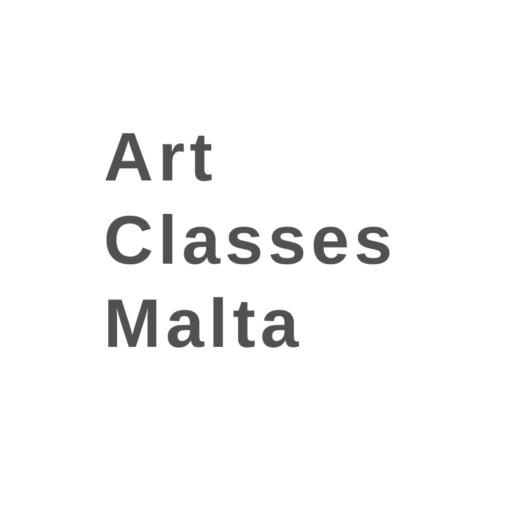


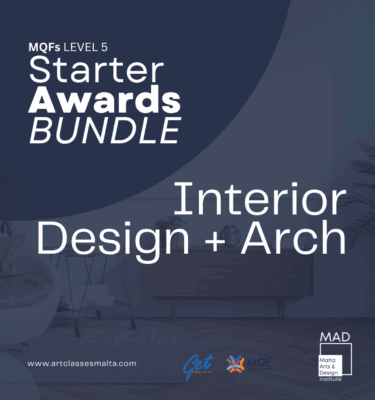
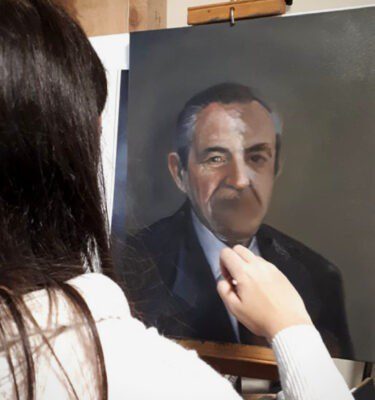
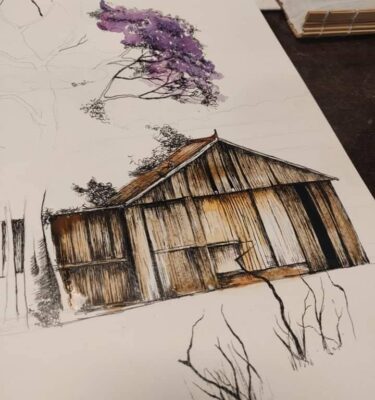



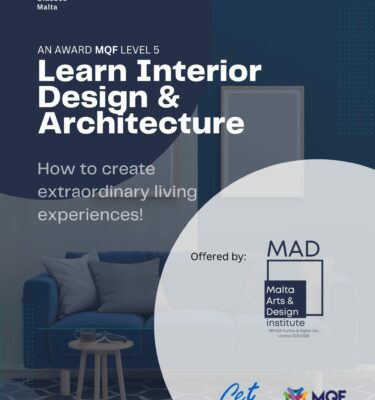
There are no reviews yet.